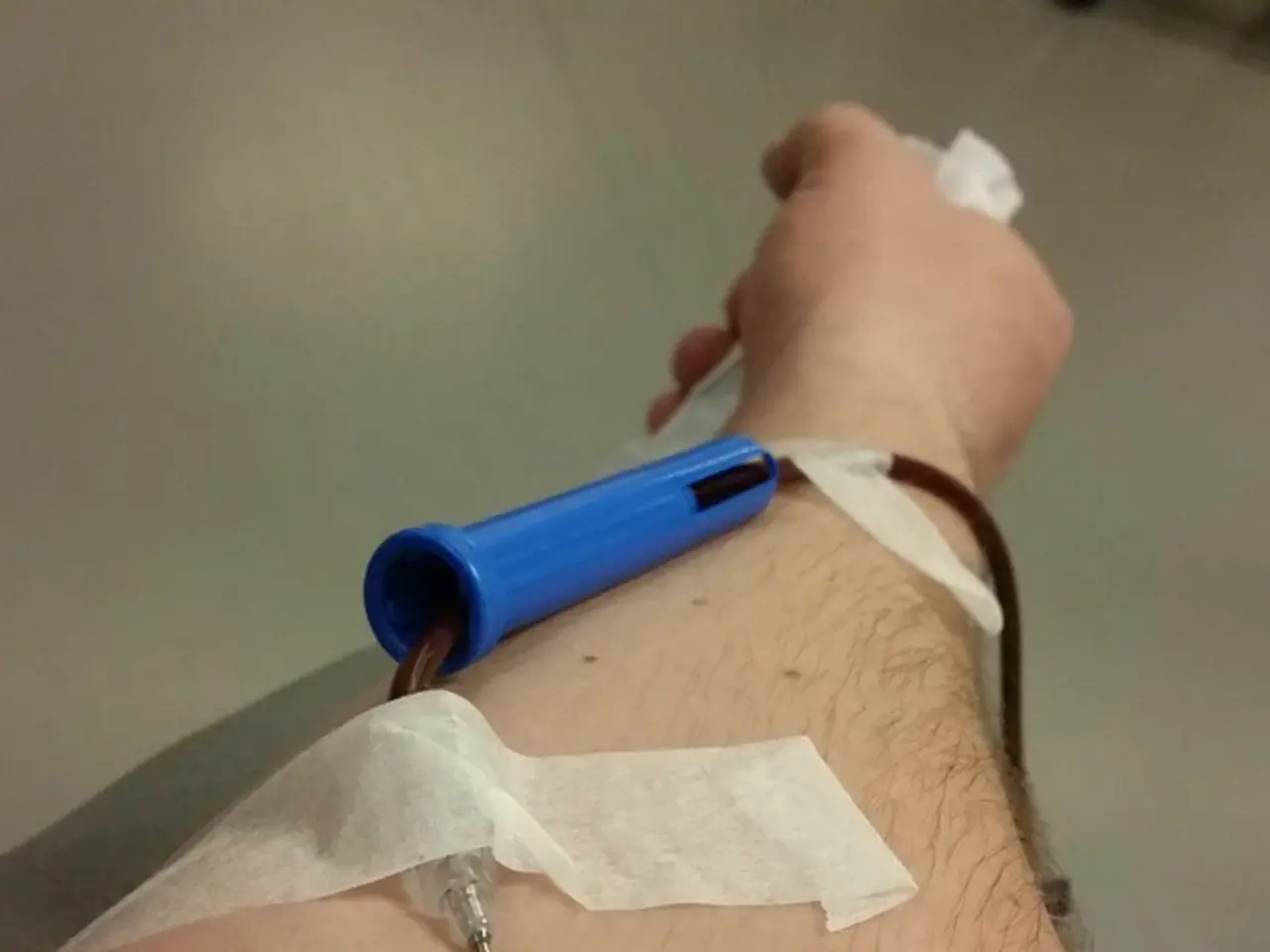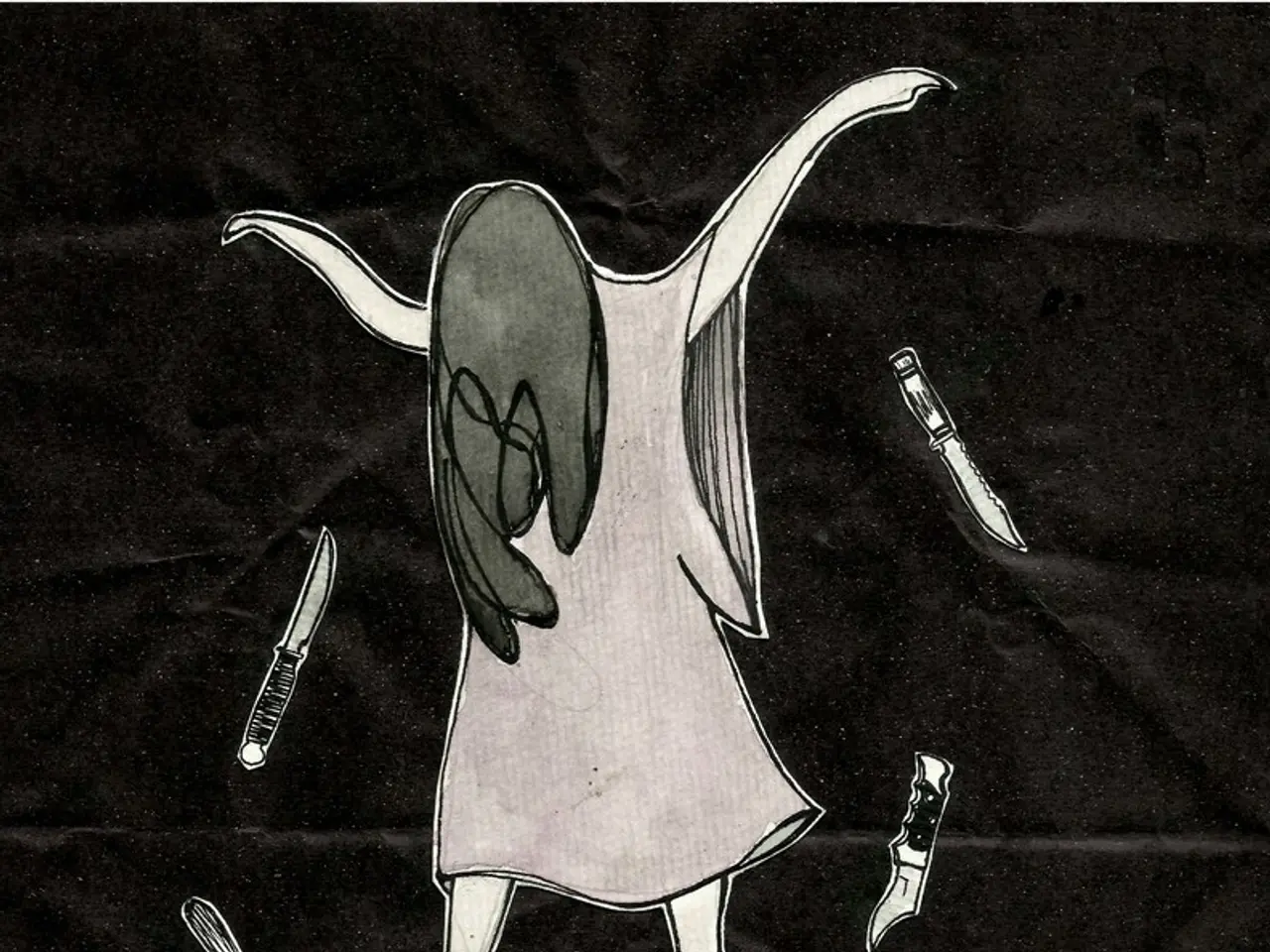Guide for Burn Treatment: Crucial Actions and Necessary Care
In the pursuit of promoting safety and well-being, it's essential to educate families and communities about fire safety and burn prevention. This article aims to provide valuable insights into the potential hazards, the importance of preparedness, and various approaches to treating burns in different scenarios.
For instance, when it comes to educating families about fire safety, discussions should encompass potential hazards and the significance of being prepared. Kitchen safety measures, such as keeping pot handles turned inward, using oven mitts, and maintaining a child-free zone around cooking areas, are crucial. Community cooking classes can also play a vital role in educating individuals on kitchen safety, thereby promoting awareness and preventing injuries.
Fire safety education is often a community effort, with local organisations providing resources and training opportunities to enhance public awareness. Global health initiatives often promote sun safety education to raise awareness and encourage protective behaviours within communities.
When accidents do occur, it's essential to know how to respond effectively. A first-degree burn, which affects the outer layer of the skin, can be treated with natural remedies in some cultures. Traditional remedies for first-degree burns include aloe vera gel, honey, cool compresses, coconut oil, tea tree oil, eucalyptus oil, and traditional herbal ointments. These remedies emphasise cooling, moisturising, and antiseptic effects and typically avoid harsh or irritant substances.
However, it's crucial to prioritise proper medical treatment and sterile care to prevent complications. For second-degree burns, gently cleaning the burn, applying a sterile dressing, and considering over-the-counter pain relief for home care are recommended. Seek medical help if the burn is larger than three inches, located on sensitive areas, or shows signs of infection such as increased pain, redness, or pus.
Special considerations for treating burns in children include employing age-appropriate first aid methods and educating parents and caregivers about burn prevention and treatment strategies specifically for children. Elderly individuals face an increased risk of complications arising from burns, often due to thinner skin and pre-existing medical conditions that can hinder healing. Thus, treatment approaches for elderly burn victims should be gentle and tailored, taking into account their unique needs and sensitivities.
Healthcare professionals must be equipped with the knowledge and training necessary to effectively address chemical and electrical burns, which require specific first aid measures and immediate medical attention due to their unique dangers and potential for severe complications. Individuals with pre-existing conditions such as diabetes or heart disease may encounter unique challenges when recovering from burns, necessitating adjustments to treatment plans. Pregnant women require particular consideration when it comes to treating burns, as their bodies undergo unique physiological changes that can affect treatment protocols.
Lastly, fostering a culture of safety within the kitchen and promoting sun safety education can significantly reduce accidents and enhance overall safety awareness. By following these guidelines and staying informed, we can work together to prevent burn injuries and promote safety in our daily lives.
References:
[1] Mayo Clinic. (2021). First-aid measures for burns. Retrieved from https://www.mayoclinic.org/first-aid/first-aid-measures-for-burns/basics/art-20056351
[2] Australian Government Department of Health. (2021). Traditional Aboriginal and Torres Strait Islander medicines. Retrieved from https://www.health.gov.au/health-topics/traditional-aboriginal-and-torres-strait-islander-medicines
[3] American Burn Association. (2021). First aid for burn injuries. Retrieved from https://www.ameriburn.org/resources/first-aid-for-burn-injuries
[4] Albanian Ministry of Health and Social Protection. (2021). Traditional medicine in Albania. Retrieved from https://www.mhsp.al/en/content/traditional-medicine-albania
[5] World Health Organization. (2021). Burn injuries and road traffic injuries. Retrieved from https://www.who.int/violence_injury_prevention/violence/road_safety_status/2018/burns/en/
- Training on fire safety and kitchen safety measures should include techniques like turning pot handles inward, using oven mitts, and maintaining a child-free zone around cooking areas.
- Community cooking classes can serve as valuable tools for educating individuals on kitchen safety, promoting awareness, and preventing injuries.
- Sun safety education, which focuses on raising awareness and encouraging protective behaviors, is often promoted by global health initiatives as part of community health and wellness.
- In case of a first-degree burn, traditional remedies that emphasize cooling, moisturizing, and antiseptic effects, such as aloe vera gel, honey, tea tree oil, and eucalyptus oil, can be used.
- However, for second-degree burns, sticking to gentle cleaning, sterile dressing application, and over-the-counter pain relief for home care while seeking medical help when necessary is recommended.
- Children and elderly individuals may require age-appropriate first aid methods and should be considered with special care due to their unique sensitivities and pre-existing medical conditions.
- For chemical and electrical burns, healthcare professionals need specialized training and resources to ensure effective treatment and proper management of these unique injuries.
- Pregnant women, individuals with pre-existing medical conditions such as diabetes or heart disease, and those in culturally diverse regions may face specific challenges when it comes to burn treatment, necessitating tailored approaches and practices based on their unique conditions and needs.




